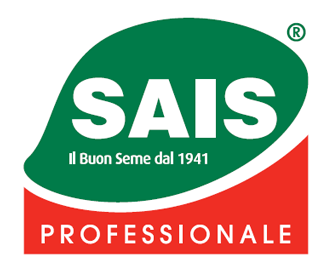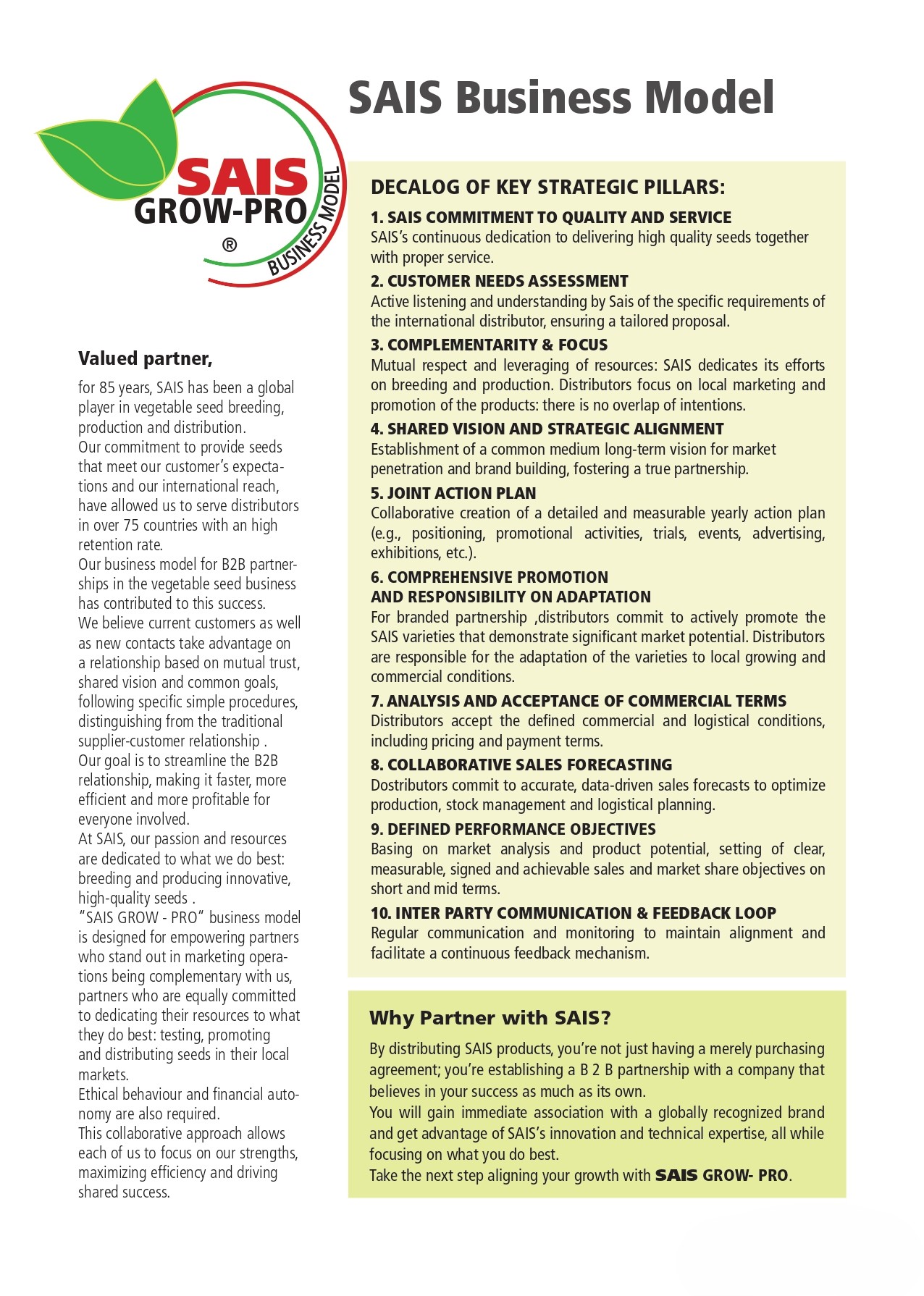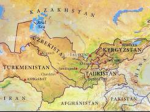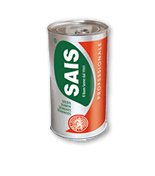THE FUTURE OF AGRICULTURE ACCORDING RESEARCHERS

According to the report “EU agricultural production and trade: can more efficiency prevent increasing ‘land grabbing’ outside of Europe?” global food demand has exceeded the growth in supply and is likely to double in the 21st century. This problem could be solved either by expanding the agricultural acreage or by producing more on the farmed land. Since the land that is available for food production is limited on a global scale, the production growth necessary to meet the rapidly growing world food needs must be based even more on productivity growth.
As shown in the paper, the European Union is the world’s largest sgricultural importer and only second to the USA in exports. Furthermore, net food imports have gone up significantly in the past decade. As a consequence, the EU has become a large importer of virtual agricultural land.
The paper shows that increasing production of agricultural commodities in the EU would both greatly reduce net food imports and the import of virtual land from around the world.
To sum it up, productivity growth in European Union agriculture is fundamental to deal with at least three global challenges:
The fight against malnutrition around the globe. As a matter of fact, the food import gap of developing countries is expected to quintuple between 2000 and 2030. Therefore, the food needs of the world can only be satisfied when the rich countries produce and export more food and not less.
The higher prices of agricultural commodity also rises the incentives to expand the agricultural acreage.
The productivity increase is also instrumental for the preservation of natural habitats.
The mentioned paper has two major policy implications, which are:
To secure long-term productivity growth in agriculture around the world, it is necessary to again increase public agricultural research.
Investing in poor countries agricultural infrastructures and making available land saving technologies already in use in rich countries both have the potential to increase productivity in fairly short periods of time. At present the lacking availability of fertilizer leads to nutrient mining in many poor regions of the world resulting in soil degradationj which is costly to reverse. About 40 percent of the potential yield is lost to pests and diseases. Almost half of it could be avoided if farmers in poor countries had access to crop protection measures.
According to Alberto Lipparini, the director of Assosementi (the Italian Seeds Association), the reduced availability of crops due to the extension of the urban area, climate changes and the urgent need to use more sustainable ways to produce, are all reasons that make us constantly seek new solutions.
Italy is the second European country and one of the firsts in the world for vegetable seeds production. In 2020, the cultivated land in this sector was more than 33 thousands hectares. The quality standards that the market requires are higher and higher and because of this, the companies that offer the best quality seed can reach clients all over the world.
Every year, the seed sector invests up to 20% of its revenue in research and development, aiming to offer the best varieties in the market. According to the survey by Euroseeds and published on the newspaper “Frontiers in Plant Science”, 30% of the interviewed companies could put new varieties on the market that are made using Assisted Evolution Techniques. However, 40% of the companies affirm that they have reduced or stopped their research program because rules and regulations are not always clear on the issue.
Sources:
https://www.agrar.hu-berlin.de/de/institut/departments/daoe/ihe/Veroeff/opera-final_report_100505.pdf
https://www.agricultura.it/2021/10/12/le-nuove-sfide-del-settore-sementiero-italiano-che-vale-1-mld-di-euro-di-fatturato-parole-dordine-ricerca-innovazione-e-sostenibilita/











